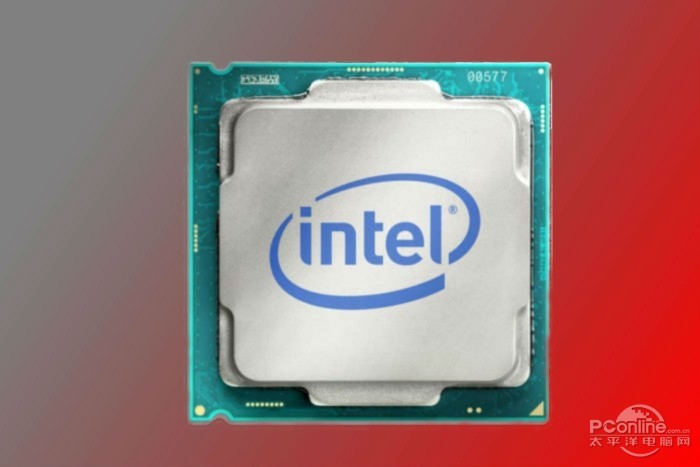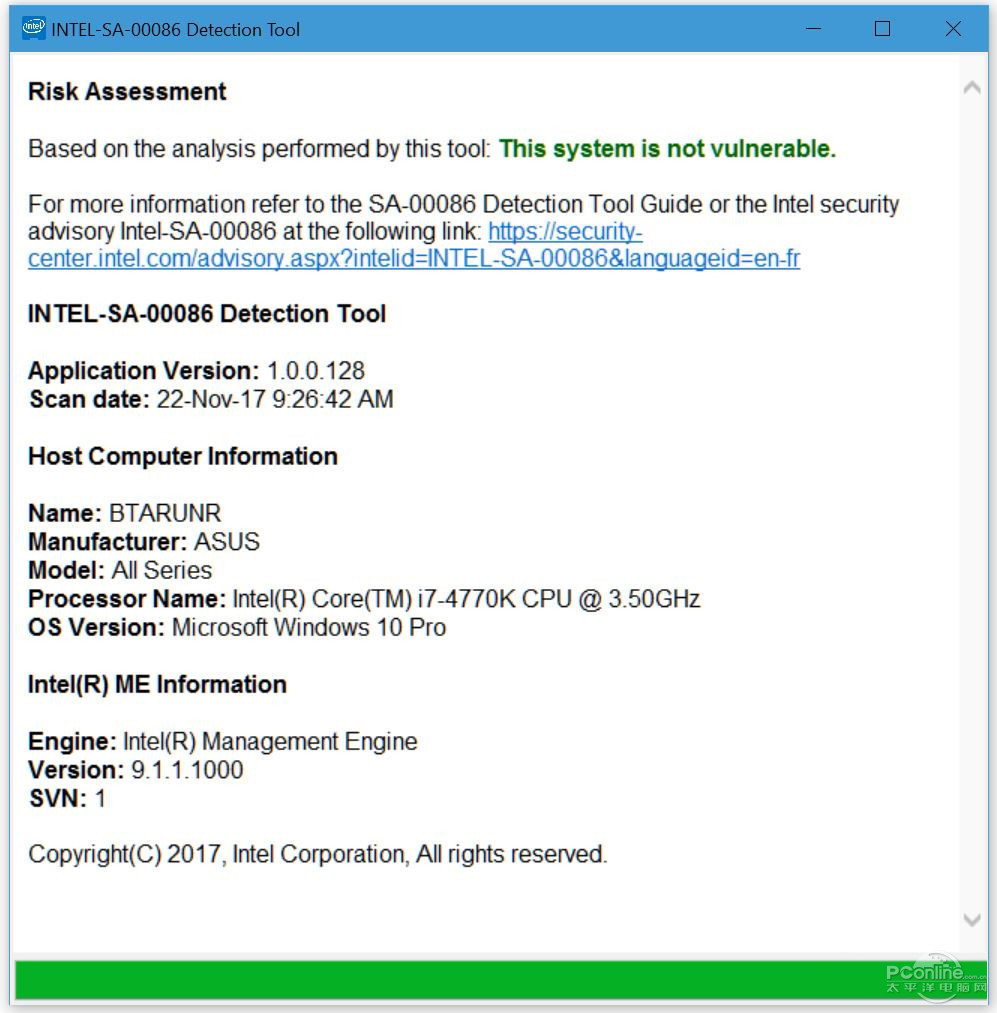[PConline News] Not long ago, researchers uncovered that Intel's Management Engine (ME), a component embedded in many of its recent processors, is essentially a full-fledged operating system. This mini-system operates at Ring-3 privilege level, which is higher than standard user applications and even runs when the system is powered off. Despite its critical role, Intel has never publicly disclosed such information. Experts warn that if exploited, this hidden OS could pose a severe security threat. Recently, Intel finally acknowledged the issue by releasing a security advisory detailing up to 11 vulnerabilities in the ME. In earlier reports, it was revealed that MINIX, a Unix-like microkernel-based OS, runs independently within the processor, equipped with its own CPU core and firmware. It is completely separate from the main OS and remains invisible to users. Its execution level reaches Ring-3, which is higher than the typical Ring-3 used by regular applications and even surpasses the kernel-level Ring-0. Even when the computer is turned off, MINIX continues to run because the ME must start alongside the processor and handles low-level security functions. With such high-level access, if compromised, an attacker could gain full control over the system, even while it’s shut down. This raised significant concerns about potential catastrophic security risks. Many users feared that these vulnerabilities could be exploited in ways that are undetectable and impossible to defend against through traditional software methods. Recently, Intel released a detailed security report confirming that the Management Engine (ME) version 11.0.0–11.7.0, along with the Trusted Execution Engine (TXT) 3.0 and Server Platform Services (SPS) 4.0, contains over 11 critical vulnerabilities. These flaws affect a wide range of Intel processors, including:
- 6th Gen Core (Skylake)
- 7th Gen Core (Kaby Lake)
- 8th Gen Core (Coffee Lake)
- Xeon E3-1200 v5/v6
- Xeon Scalable
- Xeon W
- Atom C3000
- Apollo Lake Atom E3900
- Apollo Lake Pentium & Celeron N/J series
These vulnerabilities allow attackers to inject and execute arbitrary code, potentially causing system instability or crashes on PCs, servers, and IoT devices. The attack is completely invisible to both the OS and the user, making it extremely difficult to detect or mitigate through software alone. The discovery of such deep-level processor vulnerabilities is a major concern. While Intel has released a testing tool for Windows and Linux users, and claims that patches are being developed, the full extent of the impact remains unclear. The company emphasizes that users should update their systems via manufacturer support to address these issues.
This incident raises questions about whether other chipmakers, like AMD, might have similar hidden components with comparable risks. As the tech world watches closely, the implications of such vulnerabilities could reshape how we think about hardware security moving forward. Step Down Transformer,Step-Down Transformers,Transformer Step Down,Step-Down Electrical Transformers Huizhou Show-Grand Electronics Co., Ltd. , https://www.sgtransformer.com
